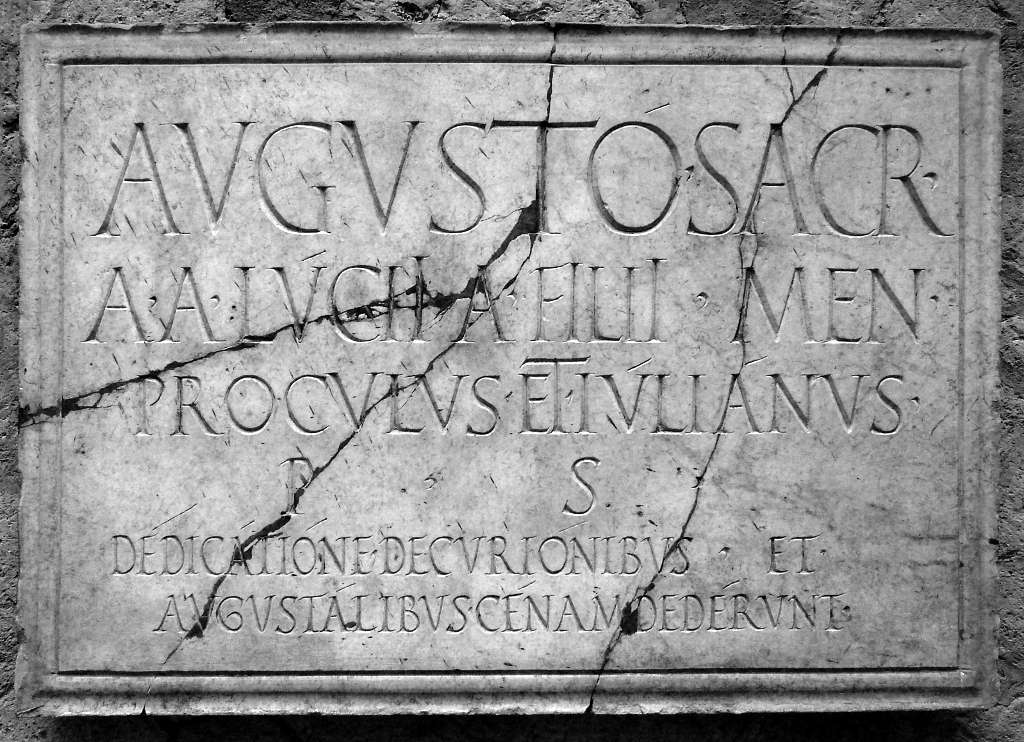What is the…
Latin language
Latin is the vernacular language of the ancient Romans (John 19:20). Latin was originally spoken in the area around Rome, once known as Latium. Latium was a region in the central western part of what is now Italy. It is where the city of Rome was founded and grew. The tribes of this region were called Latins or Latians.
Through the power of the Roman Republic, this became the dominant language in Italy, and subsequently throughout the western Roman Empire, before eventually becoming a dead language.
The Latin alphabet evolved from the visually similar Etruscan alphabet, which evolved from the Cumaean Greek version of the Greek alphabet, which was itself descended from the Phoenician alphabet, which in turn derived from Egyptian hieroglyphics. The Etruscans ruled early Rome. Their alphabet evolved in Rome over successive centuries to produce the Latin alphabet.
Latin contributed many words to the English language. In particular, Latin (and Ancient Greek) roots are used in English descriptions of theology, the sciences, medicine, and law.
Latin’s variations through the years include:
- Old Latin
- Classical Latin
- Vulgar Latin
- Medieval Latin
- Renaissance Latin
- New Latin
- Contemporary Latin —used by modern science, medicine and law / It taught in many high schools, especially in Europe and the Americas, as it is consider valuable for a liberal education.
Through the centuries it was the basis for the development of the so-called Romance languages, such as Italian, Sardinian, Venetian, Neapolitan, Sicilian, Piedmontese, Lombard, French, Franco-Provençal, Occitan, Corsican, Ladin, Friulan, Romansh, Catalan/Valencian, Aragonese, Spanish, Asturian, Galician, and Portuguese.
Ecclesiastical Latin is the official language of the Roman Catholic “Holy See” and its “Roman Rite.”
More Information
- About ANCIENT ROME in the Bible
- About the ancient Hebrew language
- Chaldee language—an Aramaic dialect
- About the Syriac Aramaic language
- About the language of Canaan
 About ancient Greece in the Bible
About ancient Greece in the Bible- About different versions of the Bible

